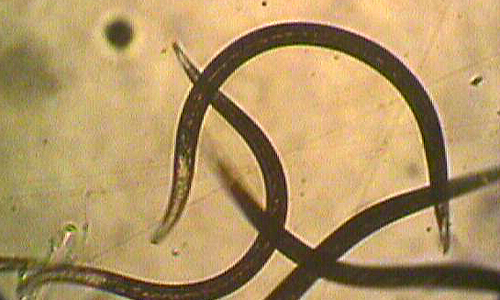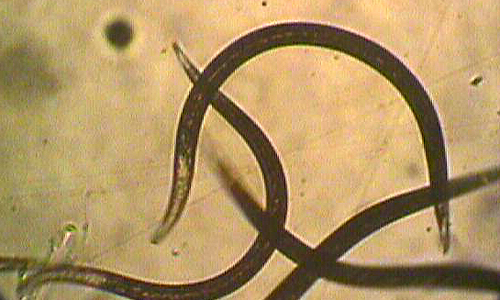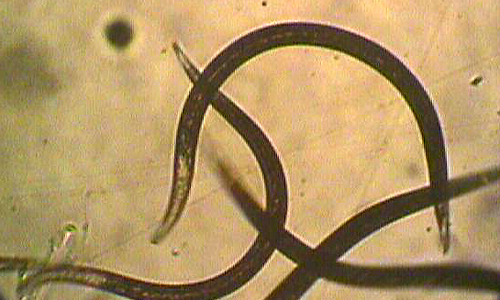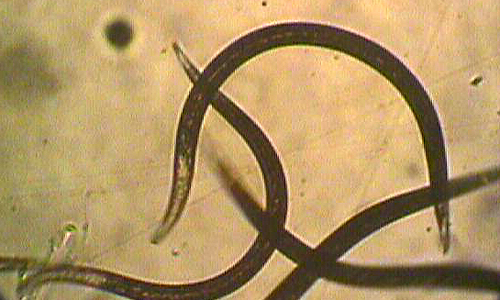Masked Chafer beetles
Damage caused by the Masked Chafer beetles
Grubs of the southern chafer beetles prefer to feed on the roots of Kentucky bluegrass and tall fescue grass whereas grubs of the northern chafer beetles prefer to feed on the roots of cool season grasses. Both of these grubs can also damage roots of wheat and corn. The main symptoms of infestation of these grubs are formation of irregular patches of damaged dead grass in the lawns, golf courses and landscapes. Heavily infested grass feel spongy and can be easily rolled back like a carpet because of damaged of roots. Additional damage to turf may occur when skunks and raccoons are digging lawns to find grubs to feed on them. Adult of both Northern and Southern masked chafer beetles do not feed on any plant parts.
Facts (show all)
- Common names
-
- Northern Masked Chafer beetles
- Southern Masked Chafer beetles
- Scientific name
-
- Northern Masked Chafer Cyclocephala borealis
- Southern Masked Chafer Cyclocephala lurida
- Identification
-
Adults: Adults of both Northern and Southern masked chafer beetles are brown in color with dark black head capsule and about 0.5 inch long.
Eggs: Oval in shape and whitish in color.
Grubs: Creamy white in color with dark orange head capsule and three pairs of thoracic legs. Grubs are C- shaped.
Pupae: Creamy white to reddish brown in color.
- Biology
-
Masked chafer beetles usually complete one generation per year. Grubs overwinter deep in the soil and move back in the turf root-zone when temperature warms up in April and begin feeding on turf roots. Then in the late May these mature grubs move slightly deep in the soil where they pupate. Adults emerge from pupae within 15- 20 days and then emerge from soil in late June through July. After mating, females lay eggs in the soil. Eggs hatch within 15 days in August into small grubs that feed on organic matter and thatch. These grubs will also feed on turf roots until September and as temperature starts declining, grubs will move deep in the soil for overwintering and life cycle continues.
- Organic Control of the Masked Chafer beetles
-
- Following beneficial bugs and plant products are used for organic control of the Masked Chafer beetles
- Beneficial Nematodes
-
- Heterorhabditis bacteriophora
- Heterorhabditis indica
- Steinernema carpocapsae
- Plant product from neem tree seeds
-
- Molt-X- Active ingradient is Azadirachtin








